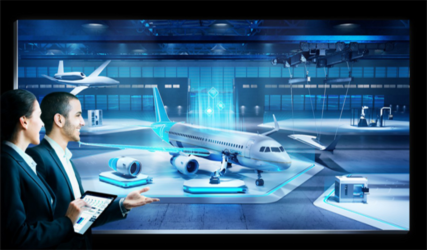Aerospace & Defence
Aerospace and defense organizations are developing cutting edge platforms and systems with exceptional performance goals. Governments are transforming infrastructure and security systems for new aircraft and technology. The driving force is innovation, facilitated by collaborative, synchronized program management across the aerospace and defense product lifecycle and value chain.
